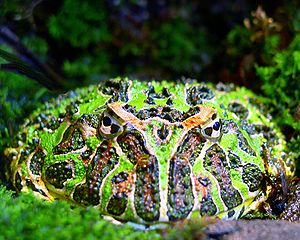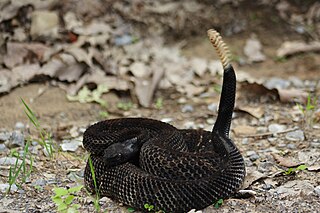The beautifully-colored and charmingly-pugnacious Argentine Horned Frog, Ceratophrys ornata, may be the world’s most popular amphibian pet. No matter how many rare and wonderful frogs I encounter, I always save a place for Horned Frogs in the zoo exhibits I manage and in my personal collection. Despite their size (females are often compared to salad bowls), Horned Frogs require relatively little living space. However, several important considerations must be kept in mind when setting up a Horned Frog terrarium. Once this has been accomplished, and if their other needs are met, you can look forward to a pet-keeping experience that may last for several decades. The following information can also be applied to the other Horned Frog species – there are 8 in all – that appear in the pet trade; please post below for more specific information on these.
Natural History
Argentine Horned Frogs inhabit seasonally-flooded grasslands, or savannas, in Argentina, Uruguay and Brazil (please see photo). Read More »
 That Reptile Blog – Reptile, Amphibian and Exotic Pet Care and Information
That Reptile Blog – Reptile, Amphibian and Exotic Pet Care and Information





